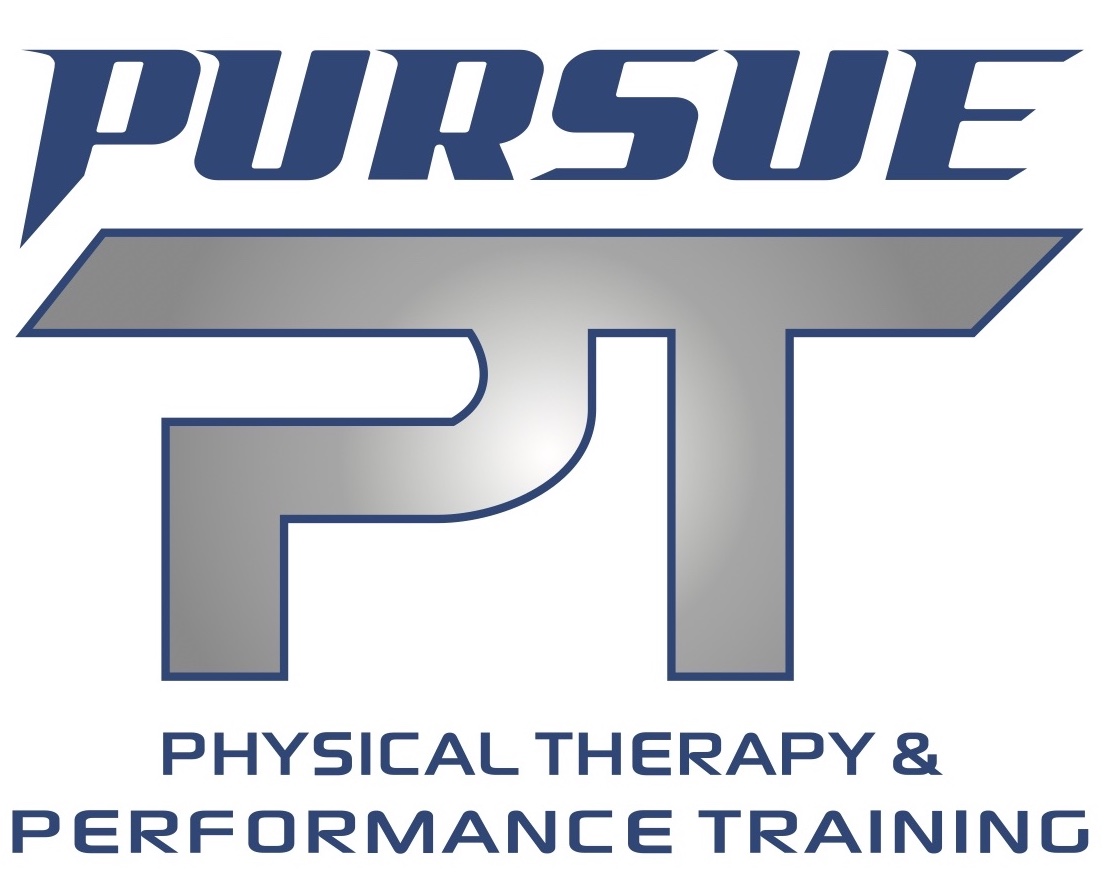Neurophysiological Effects of Lumbar Spine Manipulation

Lumbar spine manipulation is a manual therapy technique in which a high-velocity, low amplitude force is applied to the lumbar vertebrae with the goal of reducing pain and improving function. It is often referred to as “back cracking” by patients as a joint cavitation, or audible “pop,” is often heard when the joints of the spine are mobilized, but it is not necessary that a cavitation occur in order to ensure proper execution of the thrust technique. Nonthrust techniques, on the other hand, while also targeted at mobilizing spinal segments to restore optimal functioning, are applied with a low velocity force. Both thrust and nonthrust techniques are often used for pain relief, but the specific mechanism behind their analgesic effects remains to be fully understood.
Traditional theories regarding these manual therapy techniques suggest that pain alternating effects result from reducing stiffness by realigning the structural alignment of the spine in which segments are mobilized into certain directions without specific focus on the velocity or amplitude of the force applied. Recent research, however, suggests an alternative that positive outcomes with joint mobilization techniques may be attributed more to increases in mechanoreceptor stimulation and motor neuron excitability (Cleland et al., 2009). These neurophysiological effects are dependent upon the velocity of the mobilizing force applied, and therefore suggest better outcomes with high-velocity thrust vs low-velocity nonthrust procedures.
In a randomized control trial, Cleland and colleagues (2009) compared three different manual techniques for the lumbar spine, including two thrust techniques in sidelying and supine, and one nonthrust procedure consisting of 60 seconds of low velocity oscillations to the lumbar vertebrae in prone, among patients with low back pain. The researchers found no significant differences between supine and sidelying thrust techniques, but significant differences between thrust and nonthrust groups at 1 week, 4 week, and 6 week followups regarding scores on the Oswestry Disability Index, and significant differences between thrust and nonthrust groups at 1 week and 4 week followups regarding pain levels, suggesting quick onset and sustained duration of pain modulating effects following high velocity lumbar spine manipulations.
Patients satisfied 4/5 criteria of low back pain according to a clinical prediction rule which included duration of symptoms <16 days, no symptoms distal to the knee, one or more hypomobile segments in the lumbar spine, at least one hip with >35° of internal rotation range of motion, and a score of <19 on the fear-avoidance beliefs questionnaire work subscale. It is estimated that 25% to 40% of patients with low back pain that are referred to physical therapy will be positive for these clinical prediction rule criteria (Cleland et al., 2009).

Lumbar Manipulation for Low Back Pain
In addition to causing increased pain local to the muscle in which they form,trigger points can also cause referred pain into more distal parts of the body due to altered pain processing pathways and central sensitization. Pain in the muscles of the neck and shoulder including the scalenes, subscapularis,supraspinatus and infraspinatus, for example, can refer pain to the lateral elbow. Ebrahimian and colleagues (2015) investigated whether the addition of dry needling to these muscles was superior to conventional treatment consisting of ultrasound, burst TENS, hotpack, and wrist extensor exercises for female patients with lateral epicondylitis (tennis elbow). The researchers found that grip strength and pain pressure thresholds significantly improved in the intervention group following 6 sessions compared to controls, providing further support for the clinical utility of dry needling for altering nociceptive pathways and the potential for improving pain and dysfunction in referral areas other than myofascial trigger points alone.
Kristen Gasnick, SPT
Board Certified in Orthopedics
Board Certified in Sports
Fellowship Trained in Orthopedic Manual Physical Therapy
Certified Strength & Conditioning Specialist
References:
Beattie, PF, Butts, R, Donley, JW, & Liuzzo, DM. (2014). The Within-Session Change in Low Back Pain Intensity Following Spinal Manipulative Therapy Is Related to Diferences in Difusion of Water in the Intervertebral Discs of the Upper Lumbar Spine and L5-S1. Journal of Orthopedic & Sports Physical Therapy; 44(1):19-29.
Cleland, JA, et al. (2009). Comparison of the effectiveness of three manual physical therapy techniques in a subgroup of patients with low back pain who satisfy a clinical prediction rule: a randomized clinical trial. Spine; 34(25):2720-9.
AUTHOR
Dr. Brandon Cruz
Owner/ Physical Therapistr
SHARE THIS
COMMENTS

Copyright © 2023 Pursue PT All rights reserved
Quick Links
Stay Connected